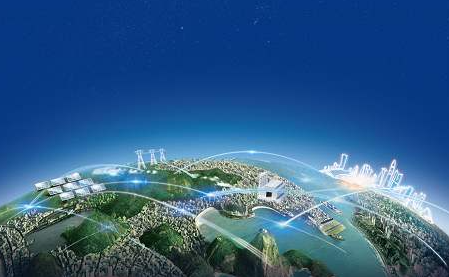The three major characteristics of the Internet of Things are sensing objects, information transmission, and intelligent processing.
The general meaning is that the Internet of Things is the Internet where things are connected. This has two meanings: first, the core and foundation of the Internet of Things is still the Internet, which is an extension and expansion of the Internet; second, its user end extends and expands to any object and between objects, carrying information Exchange and communication, that is, things relate to each other.

The essence of the Internet of Things can be summed up in three aspects:
1. Comprehensive perception
Comprehensive perception means using RFID, sensors, QR codes, etc. to obtain object information anytime and anywhere. There are many methods of data collection, and data collection can be multi-point, multi-dimensional, and networked. And from the perspective of perception, it is not only reflected in the multi-faceted investigation of a single phenomenon or object to obtain comprehensive perception data, but also reflected in the general perception of various physical phenomena in the actual world.
2. Reliable transmission
Through various bearer networks, including public networks such as the Internet and telecommunications networks, as well as private networks such as power grids and transportation networks, extensive interconnection between entities in the Internet of Things has been established, which is specifically reflected in the realization of different objects through various access modes. The interconnection is complex and confusing, forming a “network within a network” shape, and the information of objects is transmitted to each other accurately in real time.
3. Intelligent processing and decision-making
Use various intelligent computing technologies such as cloud computing, fuzzy recognition, and data fusion to process and analyze massive data and information and perform intelligent control of objects. It is mainly reflected in the information flow from perception to transmission to decision-making and application in the Internet of Things, and ultimately provides support for control. It also widely reflects the correlation and interaction between many objects and objects in the Internet of Things. Object interaction passes from physical space to information space and then to physical space, forming an open cycle of perception, transmission, decision-making, and control. In other words, the most outstanding feature of the Internet of Things compared with the Internet is the realization of point-to-point interconnection and interconnection of things between non-computing devices.